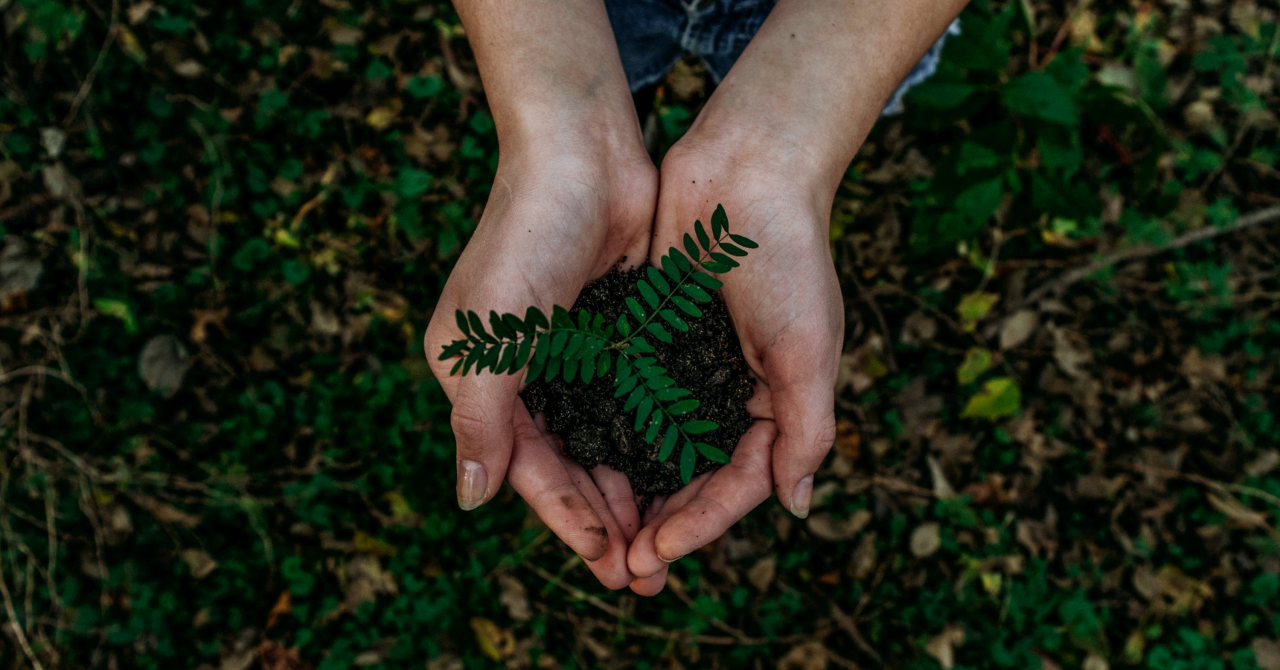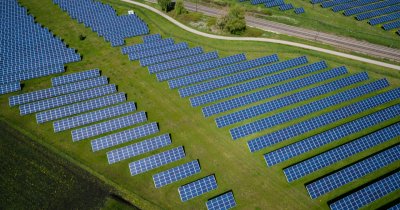According to Greenbiz, circular economy is a system designed to take advantage of the full potential of products and materials by cycling them back into the economy, eliminating waste.
In fact, a bunch of world economies making some 70% of the global GDP are covered by a net-zero target by 2050.
Getting to net-zero requires a lot of effort, mainly phasing out vehicles that run on fossil fuels completely and also adding large solar panel systems that would be able to provide most of our electric energy needs.
In order to achieve the goal of full decarbonization by 2050, there are a number of measures that global economies must think of, and here are three major ones.
Recycling ensures the availability of materials
In order to mitigate the effects of climate change and reduce temperatures globally, we must move on from using fossil fuels and start adopting alternatives like solar or wind energy more.
Some of the technologies that will enable us to do this require critical minerals, such as lithium, cobalt and other rare elements.
This means that not only the availability of these materials around us will be lower, but also their price will go higher and higher.
In fact, in February 2021, the price for lithium reached 50.000 dollars per ton compared to 10.000 dollars the year before that.
Since mining these materials presents sustainability issues and their availability is getting smaller and smaller, the best solution we can resort to is recycling.
This form of circular economy could ensure that through recycling 60 million tons of smartphones, laptops and other electronics, we could recover important amounts of materials.
This will help us rely less on mining and more on finding sustainable ways of recirculating them in the economy.
Low-carbon, circular materials are the key towards sustainability
In order for future products to reach maximum sustainability, they must have a low carbon footprint both when they are manufactured and also when they are being used.
Experts predict that by 2040, most vehicles on the street will be electric, and the materials and the process required to build them will account for as much as 60% of their lifetime emissions.
A study made by the United Nations Environment Programme shows that emission generated by the production of all materials have more than doubled in 20 years, from 5 billion tons of CO2 in 1995, to 11 billion in 2015.
Circular economy can help with reducing these emissions, as recycled aluminum emits as much as 95% less CO2 compared to the same material being produced from virgin sources.
Planning a circular economy system
In order to ensure a fully circular economy system it is important to plan it like that from the design stage.
As the world looks to implement more and more sources of renewable energy, it is also important to take into account the fact that the ones currently working will not do so forever.
In fact, by 2030 we will be decommissioning the first generation of solar panels.
By 2050, around 78 million tons of solar panels per year will come offline as they will lose efficiency or will stop working altogether.
Also, around the mid of the century we will face another issue posed by wind turbine blades, which will account for around 43 million tons of waste.
We need to improve on these technologies, making them run for longer, and when the times come, we need to ensure that recycling them is an easy process, in order to save as much materials as we can.
If recycling is planned correctly, we could see solar panels decommissioned in 2030 get back at it again as new ones only one year later, producing green energy once more.
Scientists must also find ways to repurpose used electric vehicle batteries in order to squeeze the most they can offer.
The home stadium of Ajax, found in Amsterdam, used batteries from old Nissan Leaf vehicles in order to create a storage unit in case of energy outages.
The storage capacity was around the same as the energy used by 7.000 homes in one hour.
The thing is that we need to act fast, as with every moment that goes by we have less resources and more waste is being produced.
We need to think of ways to recycle precious materials and repurposing old products that can no longer be used as they were originally designed, by giving them a new life and going towards that net-zero future.
 Mihai - Cristian Ioniță
Mihai - Cristian Ioniță












Any thoughts?